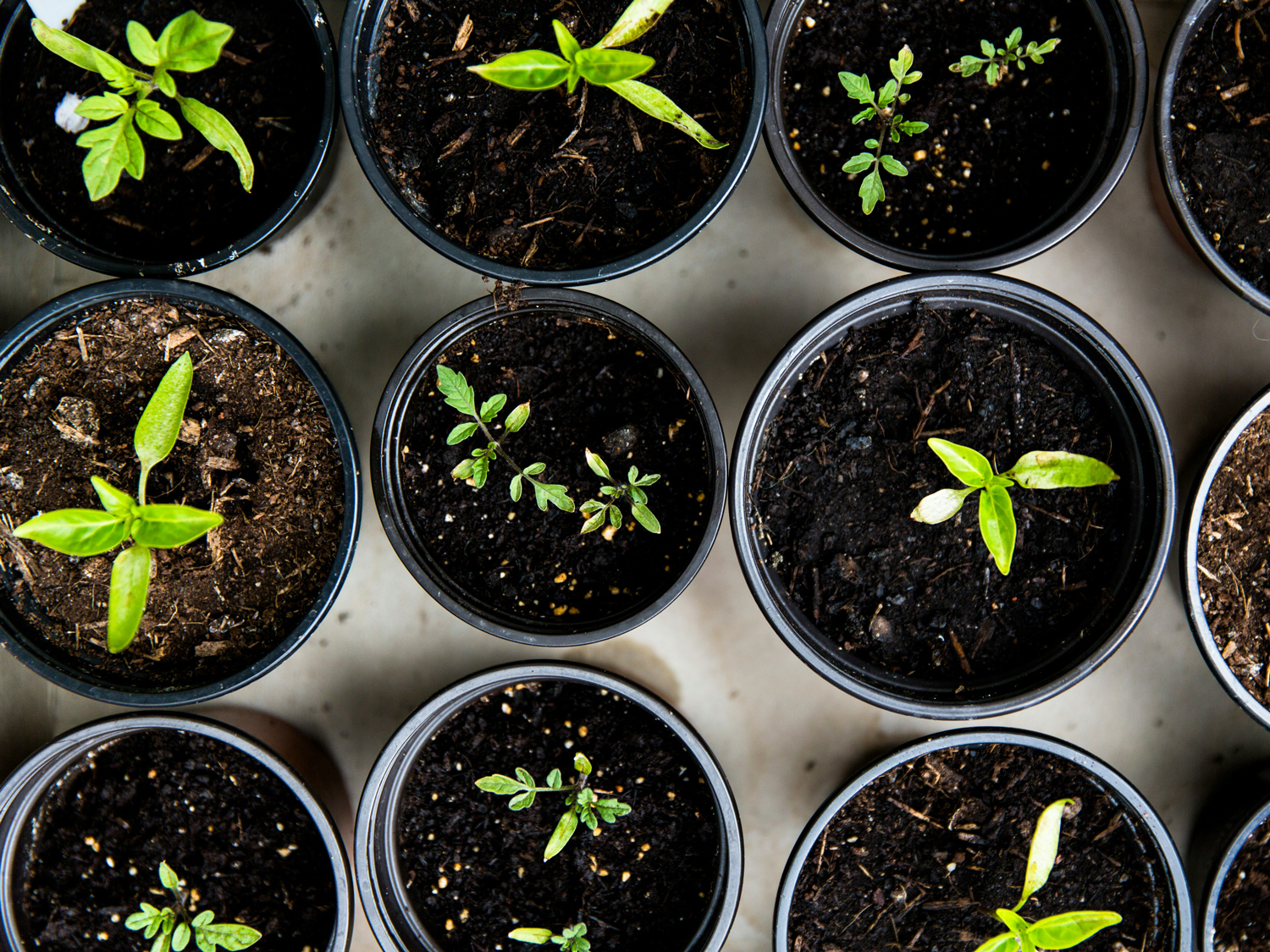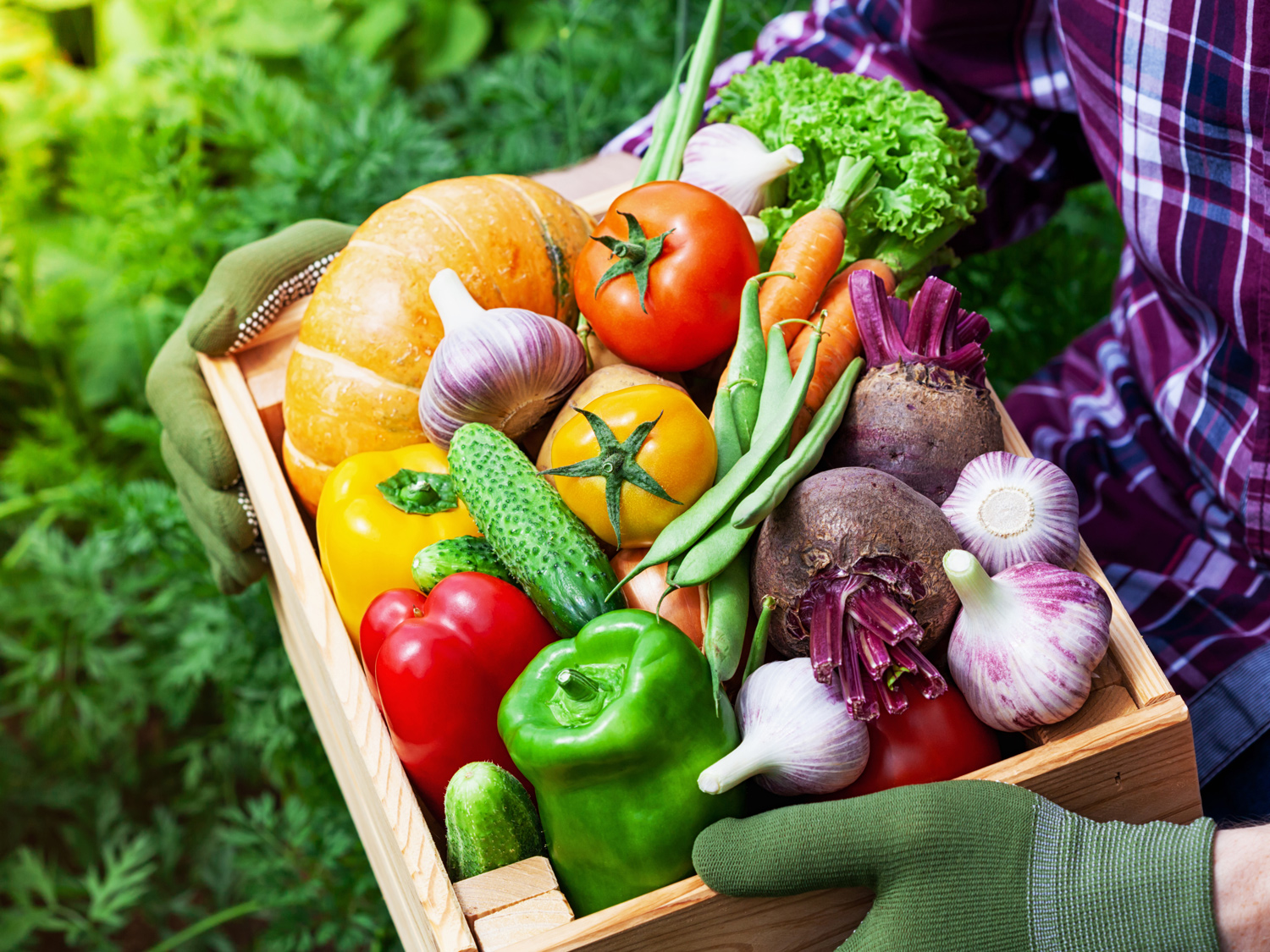Cucurbita, Butternut 'Long Island Cheese Pumpkin' Organic ~ 30 seeds


- Sun Preference
- Full-Sun
Description
Cucurbita moschata
Certified Organic
Superb flavor for pies and soups.
Linked to cheese through appearance only, the Long Island Cheese Pumpkin has been revered for centuries thanks to its smooth flesh and string-less interior (not to mention the high nutrient content). It's one of the oldest squashes domesticated for food, which we think speaks well for its taste and grow-ability. Choose this cheese-wheel-like squash for your autumn sweets and buck the canned stuff once and for all!
Seed Starting Successfully
Start your garden from scratch with Gertens' wide variety of seed packets! Whether you're a seasoned gardener or just starting out, we have seeds for every skill level and garden size. From colorful flowers to delicious vegetables, our seeds are carefully selected for their quality and performance.
Details
Ken Ettlinger grew up on Long Island in the 1950s, where his family would pick up a cheese pumpkin so his mother could make Thanksgiving pie. In the 1970s, Ken noticed that the once common squash, one of the oldest cultivated in America, was becoming a rare find. He didn't want the pies to become just a memory, so he started saving seeds. Due to this local seed steward's efforts and the work of the Long Island Regional Seed Consortium and Glynwood's Kitchen Cultivars, these pumpkins are here to stay!
Linked to cheese through appearance only, the Long Island Cheese Pumpkin has been revered for centuries thanks to its smooth flesh and string-less interior (not to mention the high nutrient content). It's one of the oldest squashes domesticated for food, which we think speaks well for its taste and grow-ability. Choose this cheese-wheel-like squash for your autumn sweets and buck the canned stuff once and for all!
Our founder Ken Greene helped ensure that the Long Island Cheese Pumpkin made it to the Slow Foods US Ark of Taste, a catalog of over 200 delicious foods in danger of extinction. By promoting, sowing, and growing Ark products we help ensure they remain in production and on our plates.
Growing Instructions
Direct sow after frost, or start under protection up to 3 weeks before (but no earlier—grows very quickly at this stage). Plant in well-fertilized hills of 4-8 seeds with hills spaced 3' apart. Thin to three plants per hill. Harvest when color is well developed and rind is hard. Cure for a week in sun and fresh air, but protect from frost. Cured squash will store all winter.
Quick Facts
Days to Germination: 5-10 days
Days to Maturity: 100 days
Planting Depth: 1"
Spacing in Row: 24"
Spacing Between Rows: 72"
Height at Maturity: 24"
Sun Preference: Full Sun
About the Artist
Artwork by Todd M. Casey. Like an heirloom seed saver, Todd is a collector of antiques. To tell the story of this heirloom, he assembled the book Cucurbits of New York, a vintage map of Long Island, and an antique trunk for storing seed collections.
More Information
| Brand | Hudson Valley Seed Co |
|---|---|
| Seed Packet Type | Vegetables |
| Common Family Name | Pumpkin |
| Sun Preference | Full-Sun |
| Deer Resistant | No |
| Harvest Time | Fall |
| Plant Life Cycle | Annual |
| Mature Height (Range) | 13" - 24" |
| Spacing Between Rows | 72" |
| Spacing in Row | 24" |
| Planting Depth | 1" |
| Days to Germination | 5-10 days |
| Days to Maturity | 100 days |


